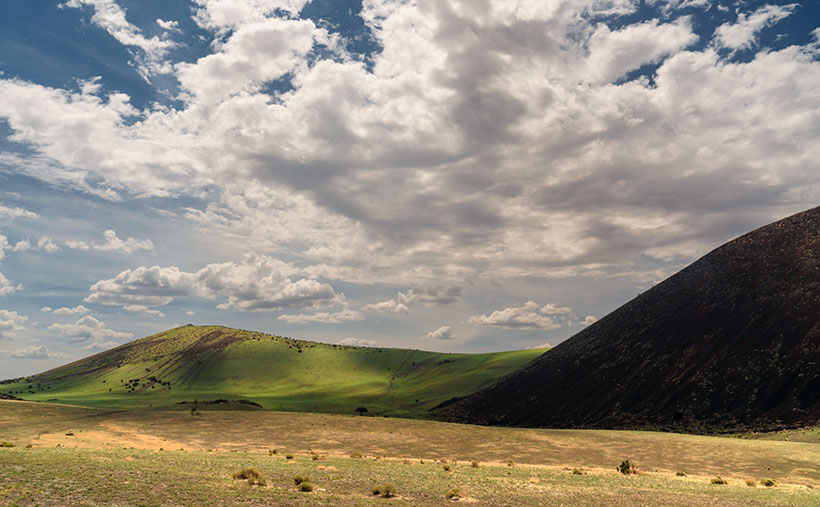
Tomorrow is Halloween, and the east coast has already had its first dusting of snow. Only last week, I had to switch from my daily summer uniform (t-shirt and shorts) into my winter outfit (t-shirt and jeans). I only wear long pants because my feet get cold with poor blood circulation. Otherwise, I’d wear shorts throughout the year—as men do in New Zealand. The last time we went to their islands, we saw road crews dressed in down parkas, shorts, and flip-flops.
I’m not boasting about our two seasons here in the desert; hot and less hot. Everybody back east already knows about our climate. In a couple of weeks, they’ll be camping in RV Parks throughout our state. This week’s rant is about why good things always come with baggage (this isn’t about Queen Anne either—stop that, you’re nasty). For example, as a kid, do you remember stretching out on a freshly cut lawn on a breezy summer’s eve so you could stare into the black sky and count shooting stars—only to be eaten alive by chiggers? Right there, that’s what I’m talking about.
Sitting at my computer, enjoying my first sweater of the season, and processing this week’s photo, I liked how lovely the monsoon clouds were. In Navajo lore, the gathering of puffy sheep in the sky foretells the coming summer rains. Our summer clouds are dynamic. They form over the mountains in the morning. They build and tower into the stratosphere and then charge into the desert with a triple fury of wind, dust, and frog-choking rain. By midnight, they disappear, and stars come out of hiding. It’s the opposite of the winter clouds that travel down the coast. They’re a homogenized grey sky, hanging around for days like a bowl of lumpy oatmeal. As I closely studied this week’s picture, I realized that the monsoon season might be my favorite time of the year—if it wasn’t so damn hot and muggy.
I named this week’s image Clouds Over Craters, and I took it at the S.P. Crater location I featured a couple of weeks ago. The dark blob on the right side is S.P. Crater, and the lesser volcano in the distance is unnamed. The grass growing on its slopes indicates that it’s rainy season. The crater’s shape and color remind me of Hawaii’s Diamond Head in a mirror. The diagonal scratches are from ATVs digging up the soil as they claw their way to the top. I could have Photoshopped the scars, but I wouldn’t say I like that. Besides, the clouds are the star of this show, both in the sky and the shadows they cast on the craters.
You can see a larger version of Clouds Over Craters on its Webpage by clicking here. It’s the finale of the San Francisco Lava Field project, and next week we’re at a new location. Here’s a clue—it’s across the street. Want to take a guess? We’ll see you when you return next Sunday to find out if you’re right.
Till next time
jw
BTW:
Since November is next week, it’s time for me to lay out my 2023 calendar. I make at least one for myself each year, but I’ll happily print another copy for you. Because I order them in low numbers, they’re an expensive wall calendar. When hanging, they’re the size of a copy paper sheet—they fit nicely between my desktop and cabinets. VistaPrint has dropped the small-middle-binding option this year so that they will be coil-bound along the top. When I add the shipping cost, they cost me $18.00 each, which is what I charge for them. I want to have them for Christmas, so if you want to be included, let me know by the 15th of November. That way, I’ll expect them after Thanksgiving. You can email me directly, leave a message on my Contact Page, or if I already have your email address (you’re a subscriber), you can order in the comments below (I’ll strip your email address from public comments).
